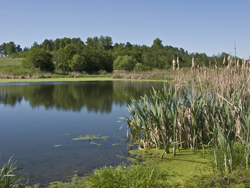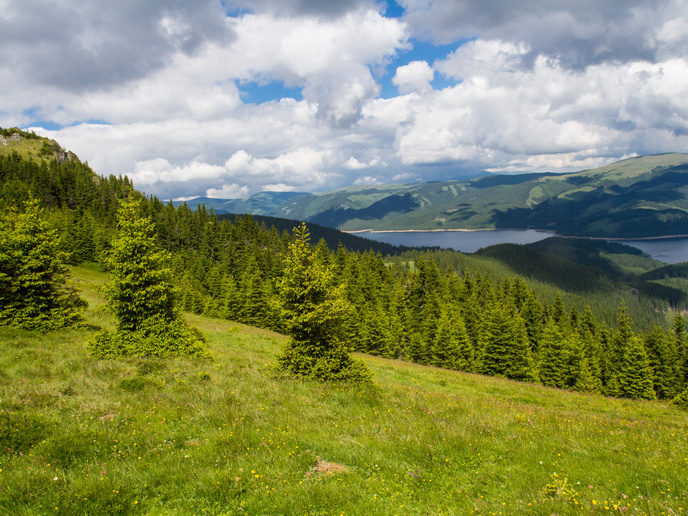Wetlands reveal climate secrets
In addition to accommodating unique biodiversity, wetlands such as mires also contain features that provide insight into the past climate. The EESD Programme funded an extensive research effort entitled ACCROTELM that targeted mires across Europe. The project was led by the Centre for Environmental Change and Quaternary Research (CECQR) of the University of Gloucestershire. Several ACCROTELM participants were involved in the collection of peat cores from directional transects along eight ombrotrophic mires. The mires were located as far south as Spain and as far north as the Faroe Islands. CECQR examined the cores using a revised version of Quadrat and leaf count macrofossil analysis (QLCMA). The updated QLCMA protocol revealed the abundance of unidentified organic matter as well as sphagnum and other identifiable plants in contiguous one centimetre sections of the cores. In addition, the peat was also analysed with colorimetry in order to determine the level of humification at various depths in the core. Experts at CECQR studied the results of the QLCMA and colorimetry and were able to draw conclusions about the state of Europe's climate dating several thousand years into the past. They focused their attention on rapid changes in the proxy climate variables. The ACCROTELM consortium intends to publish the research results in scientific journals and also to upload the core data to the Pangaea database.







